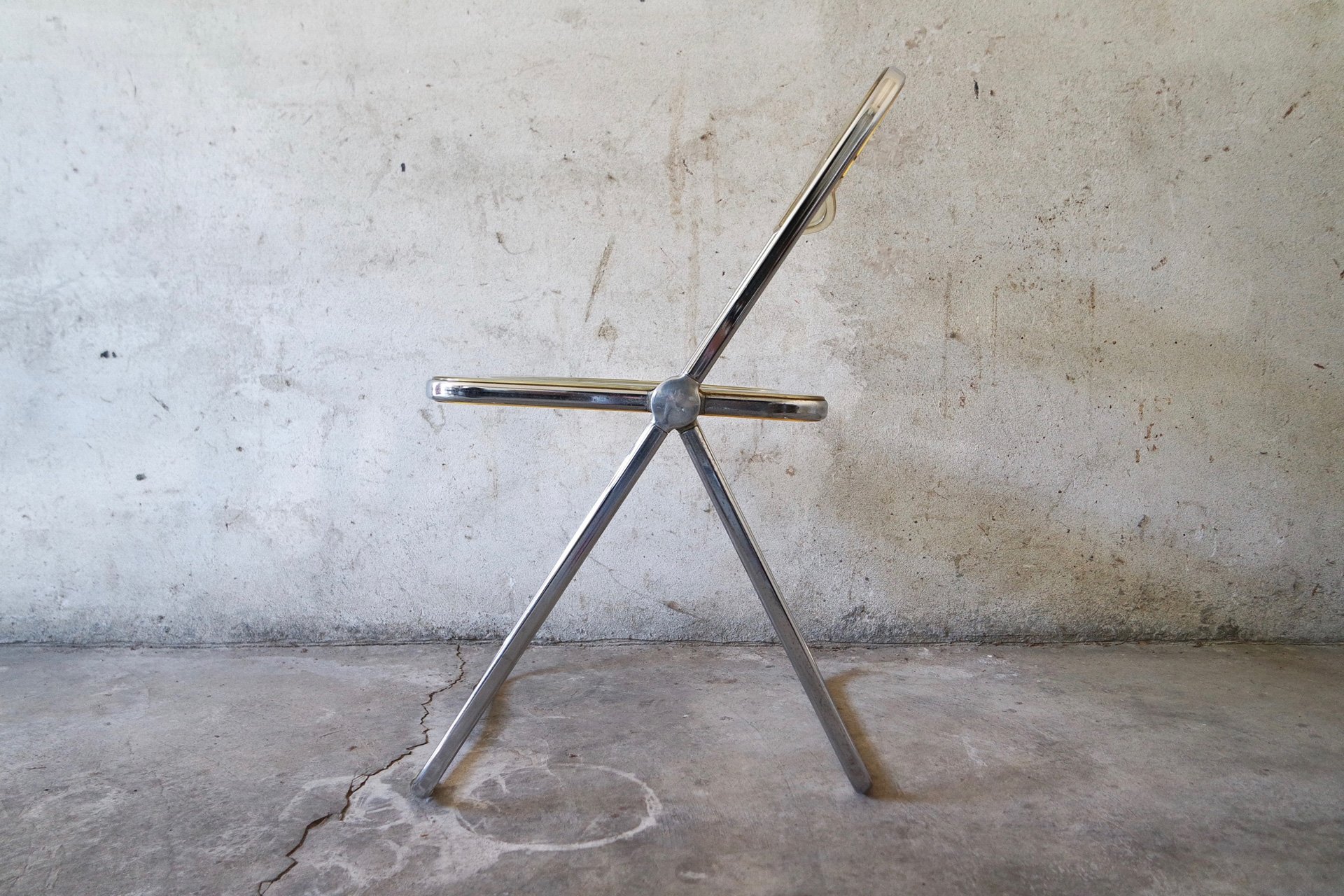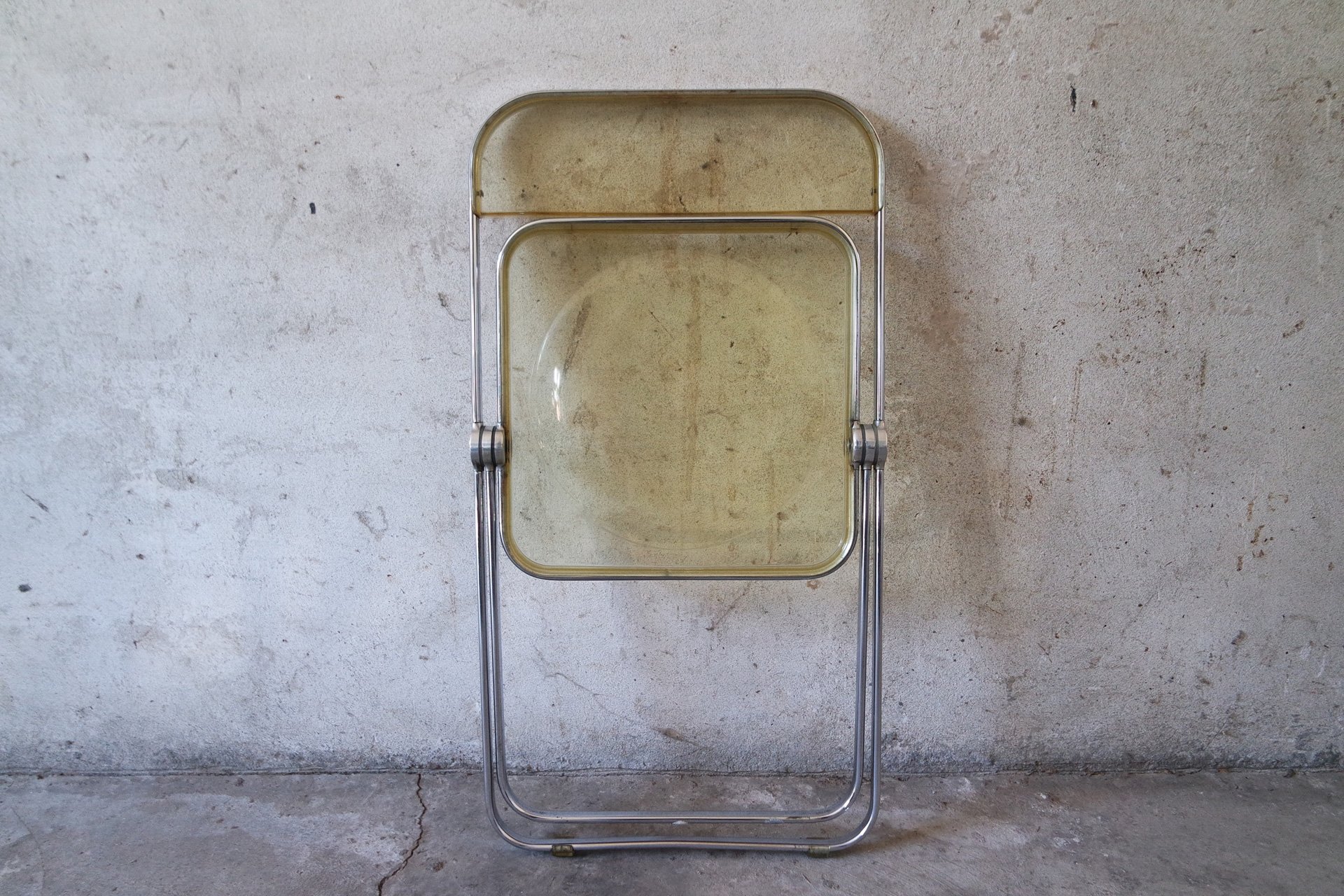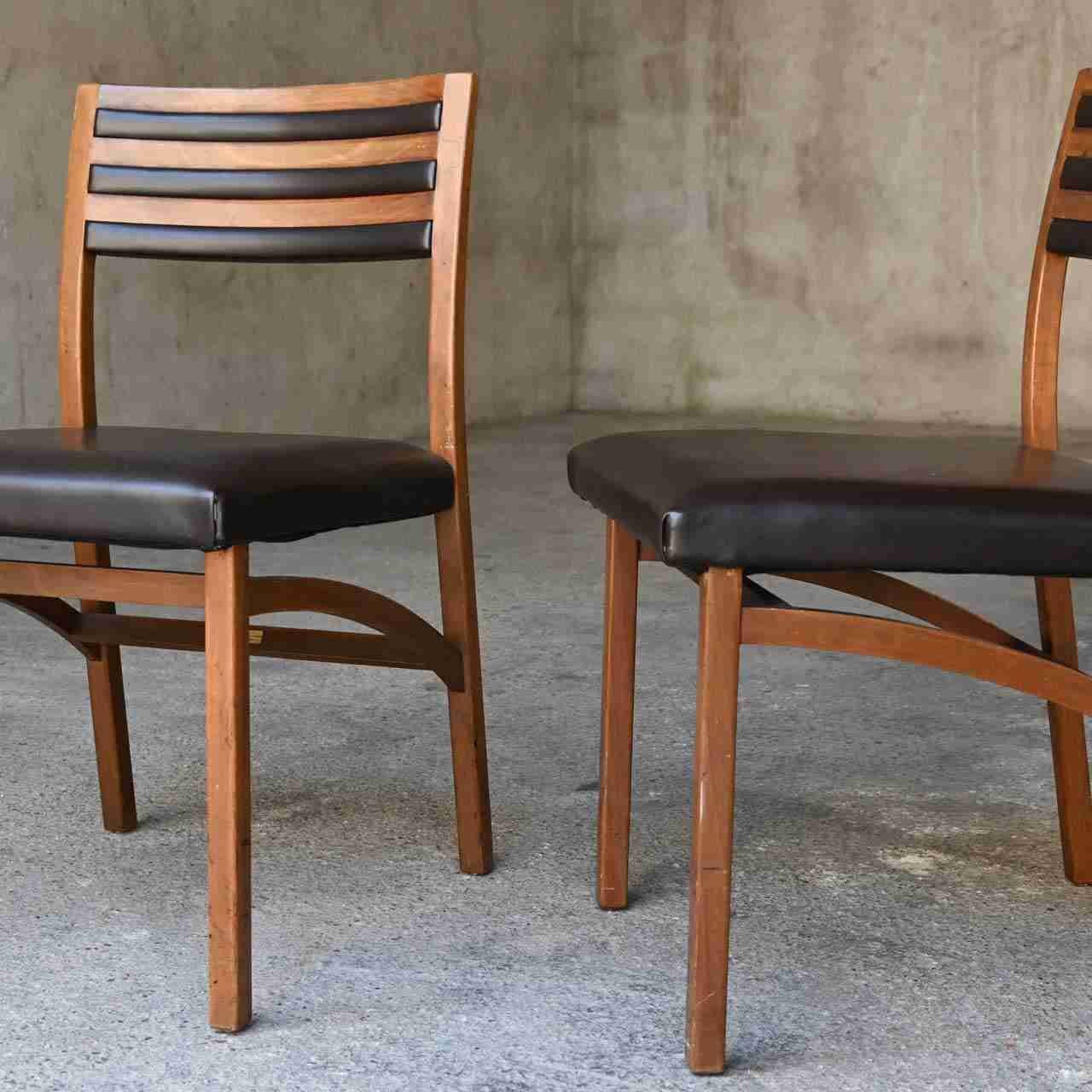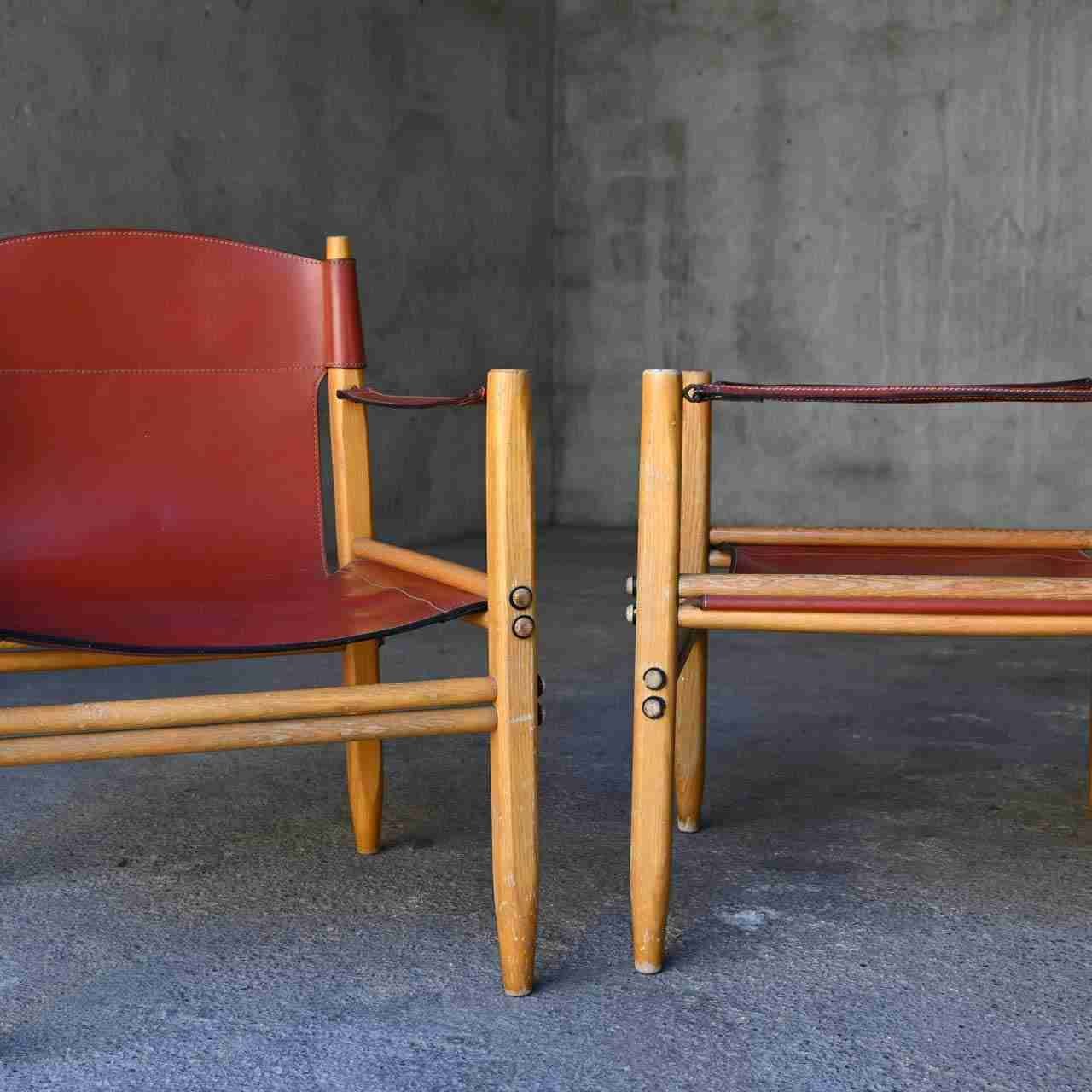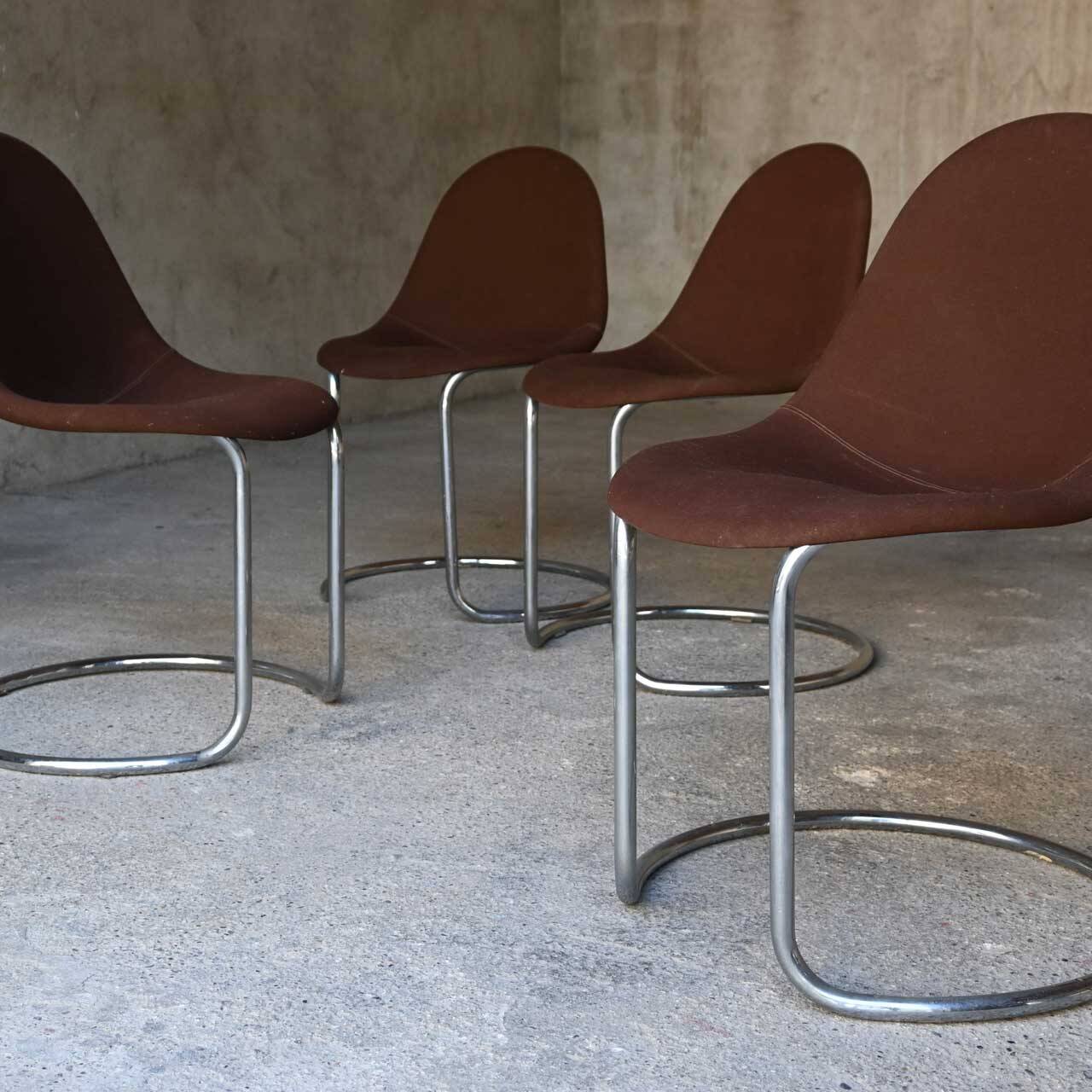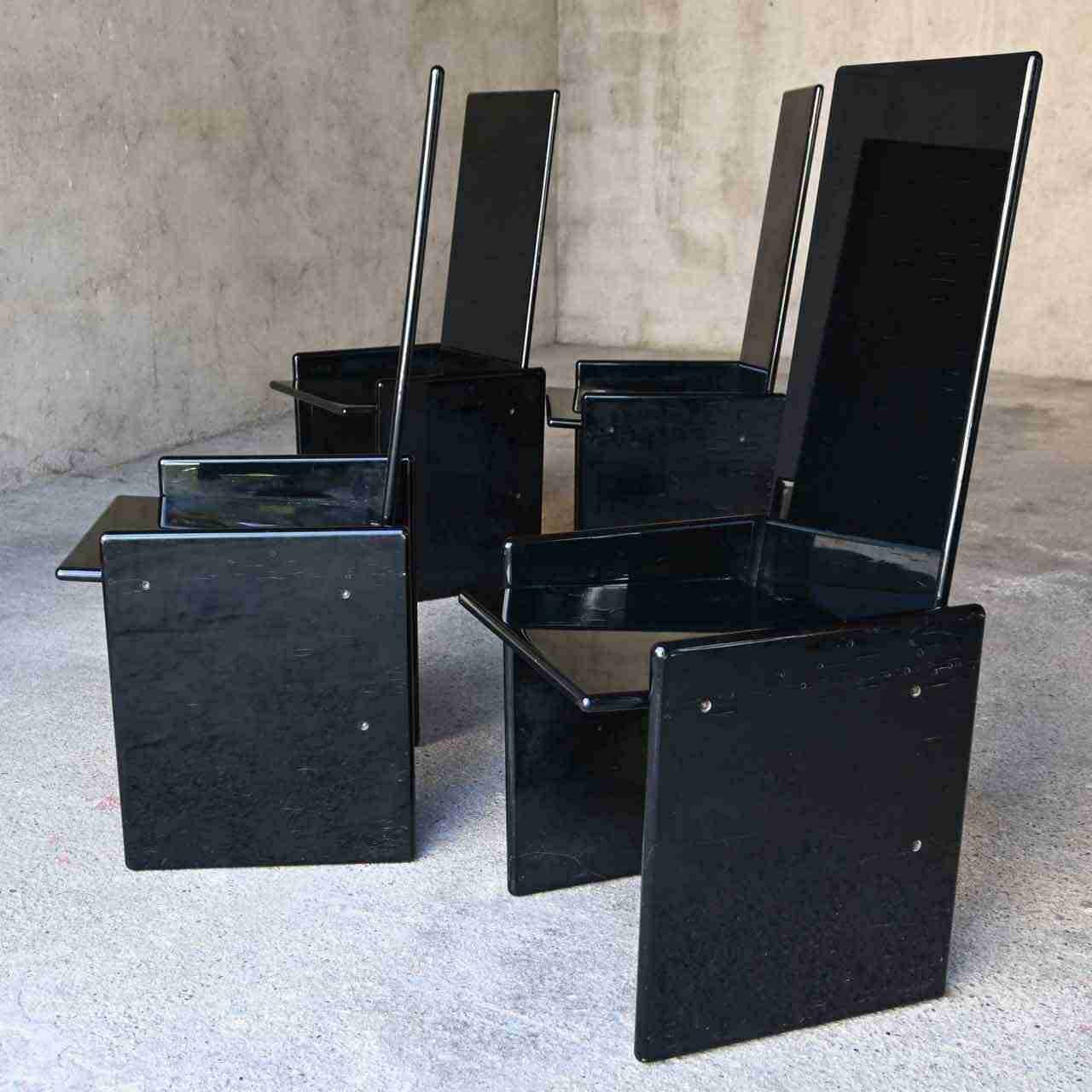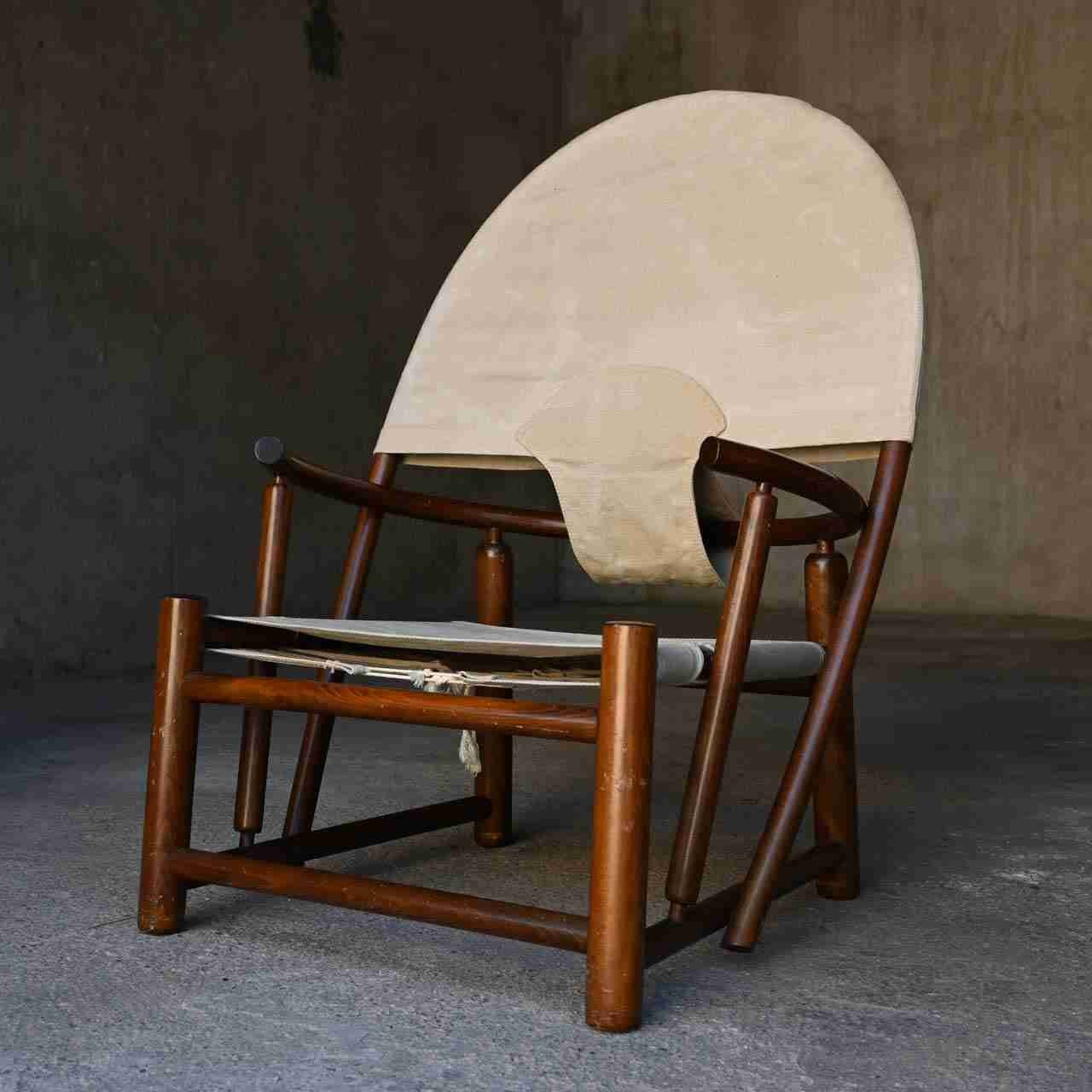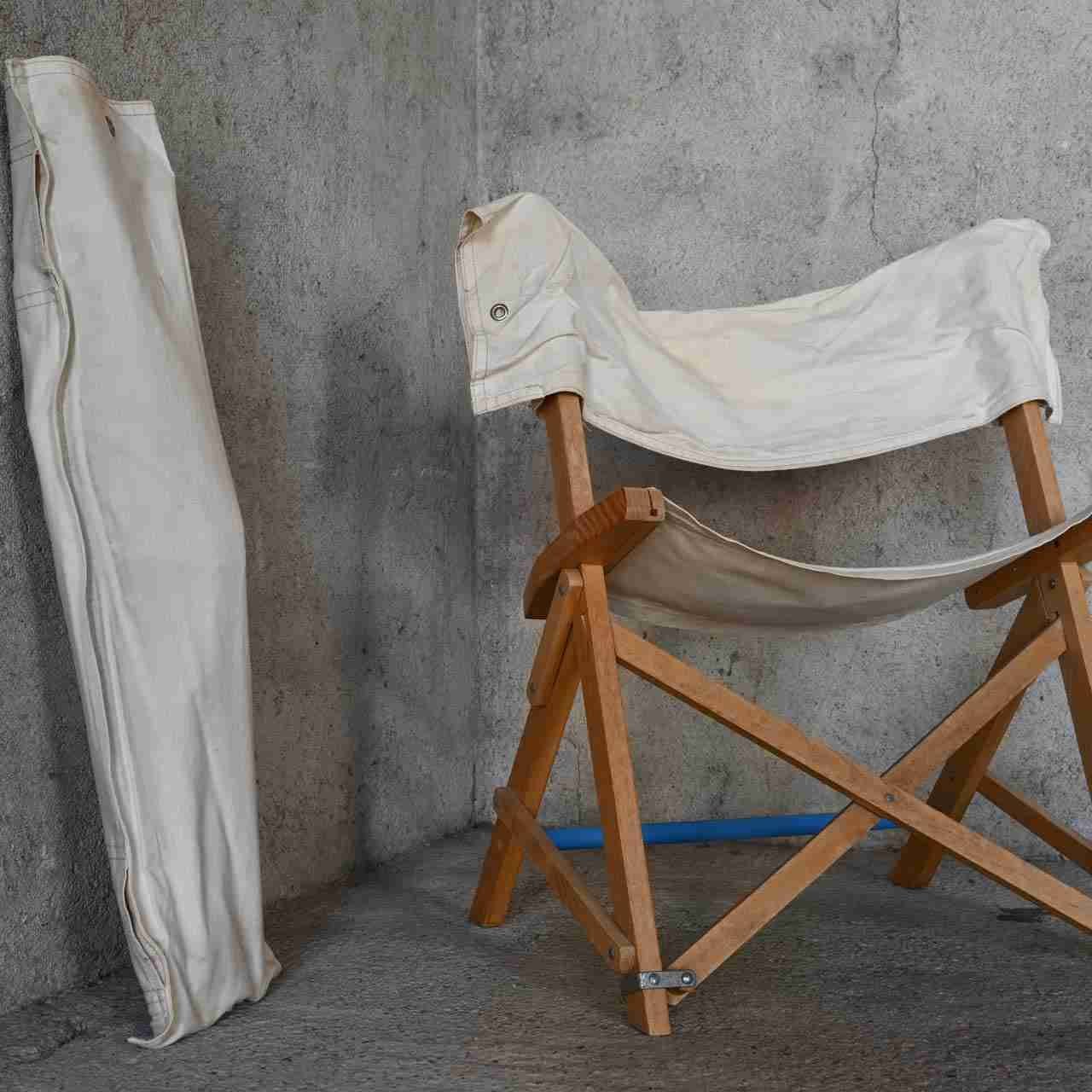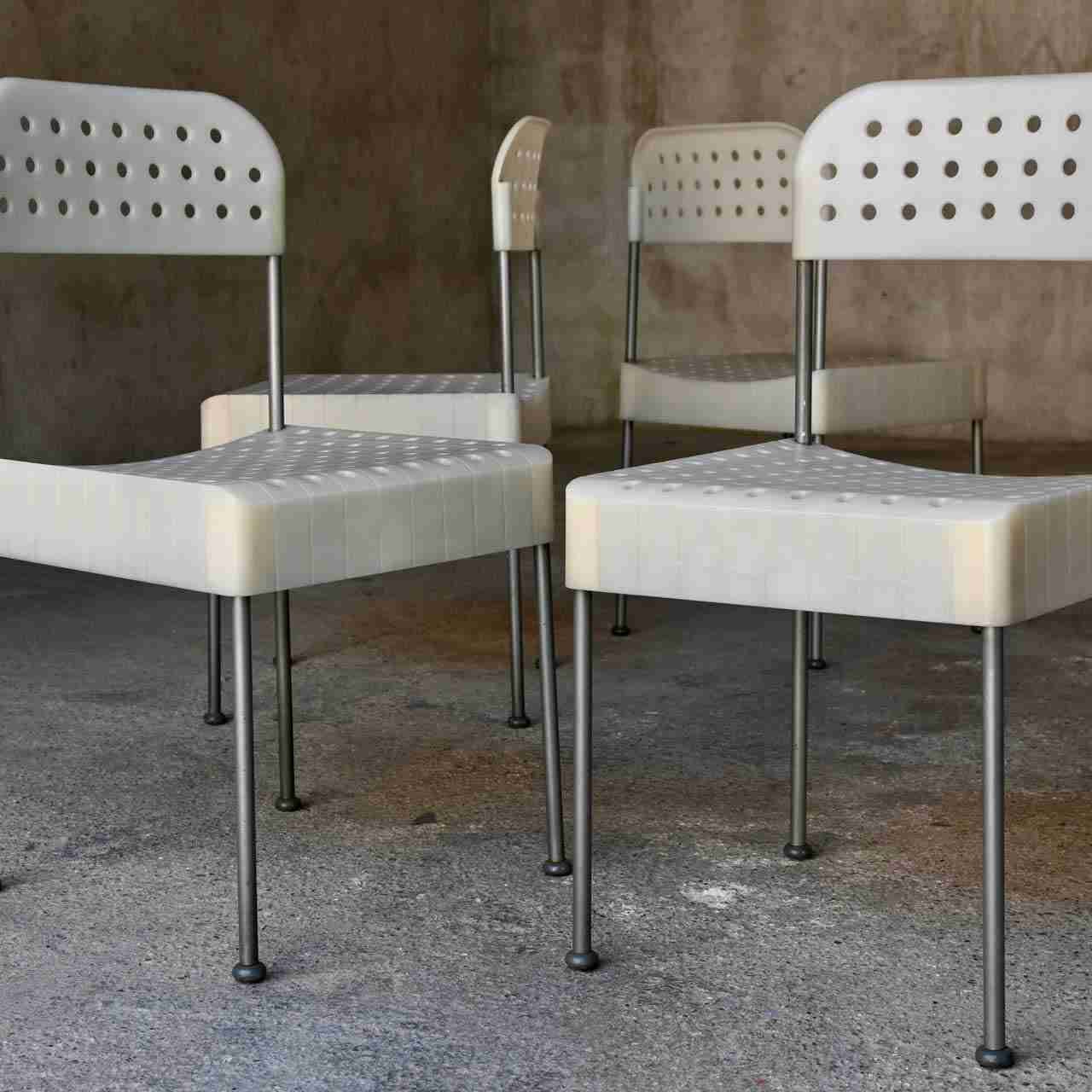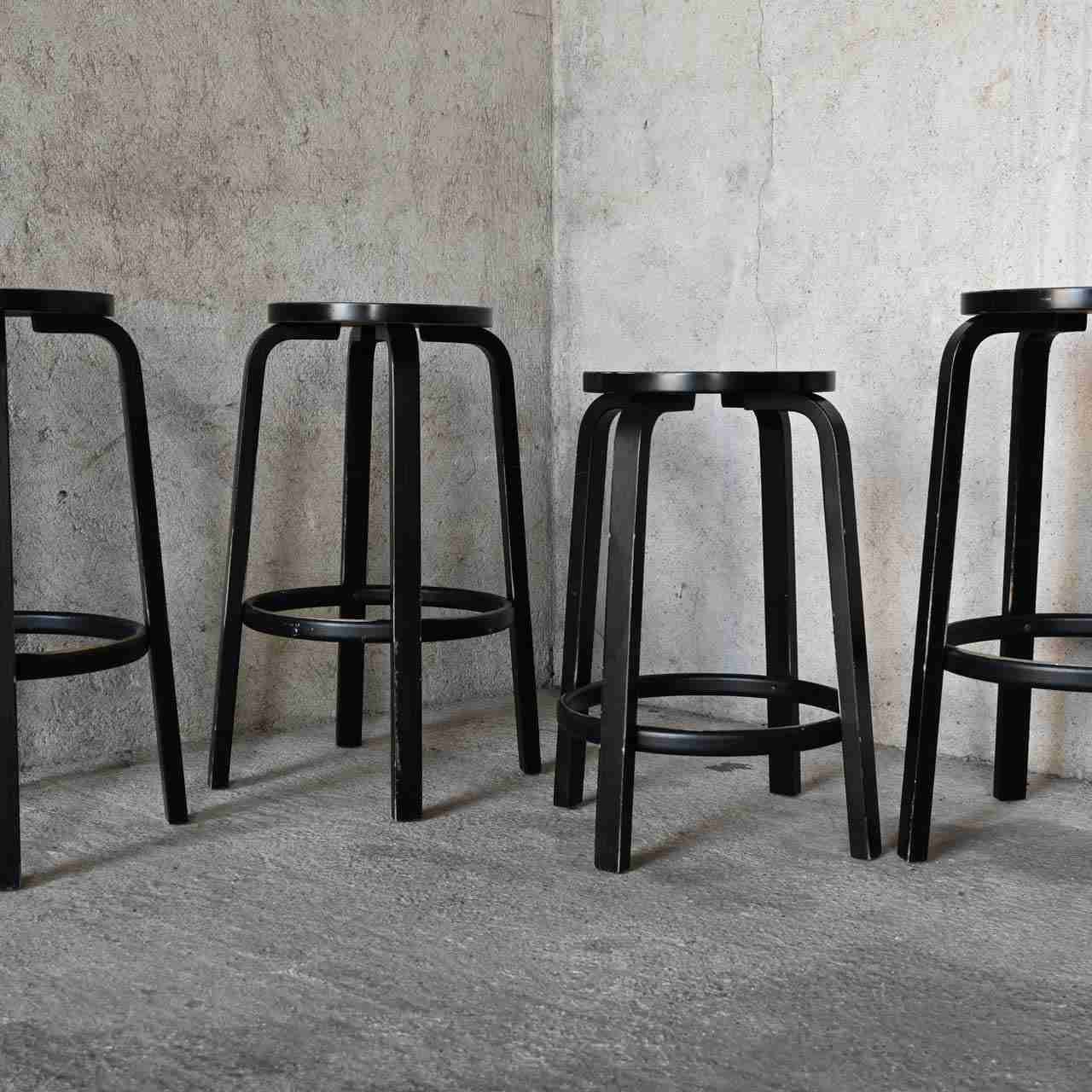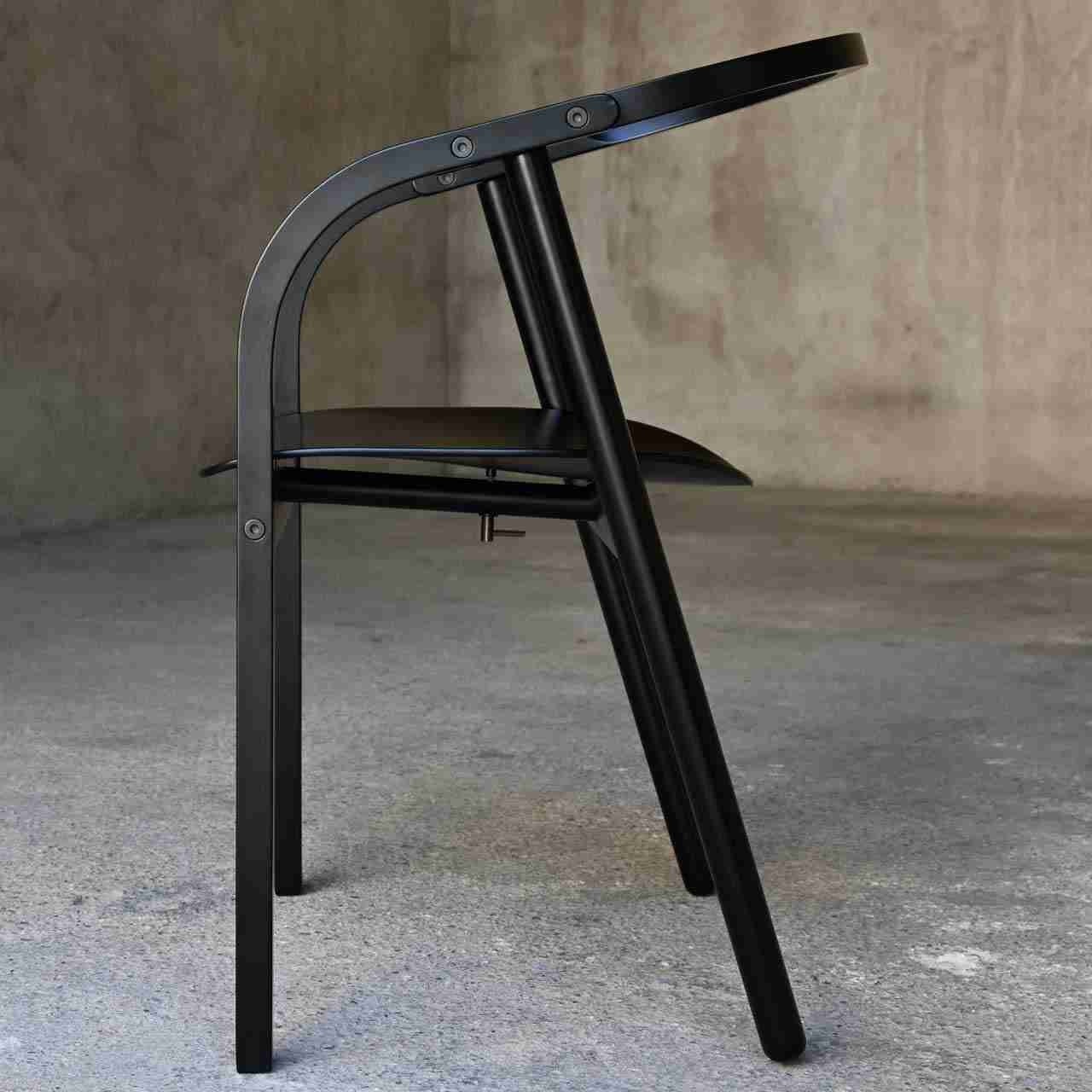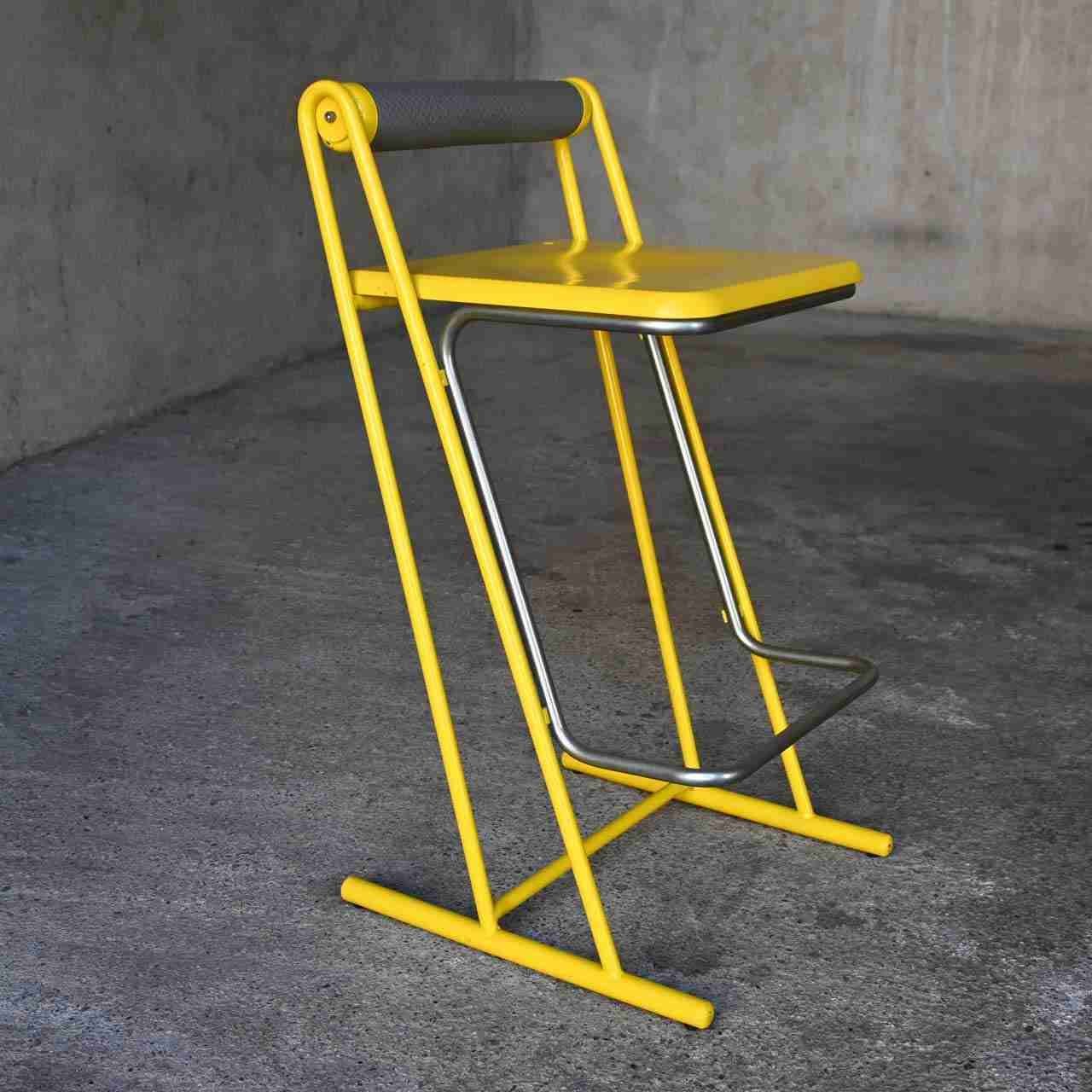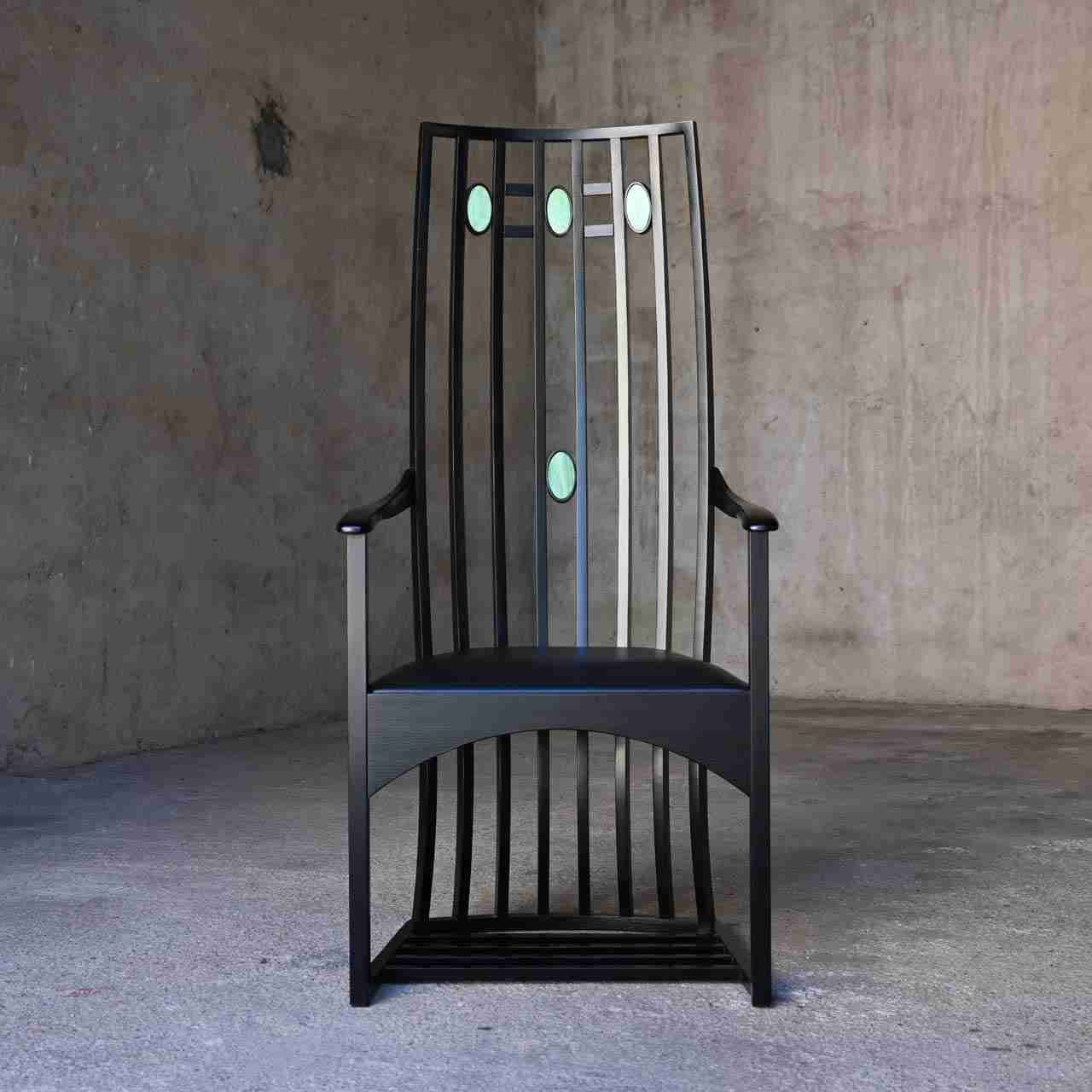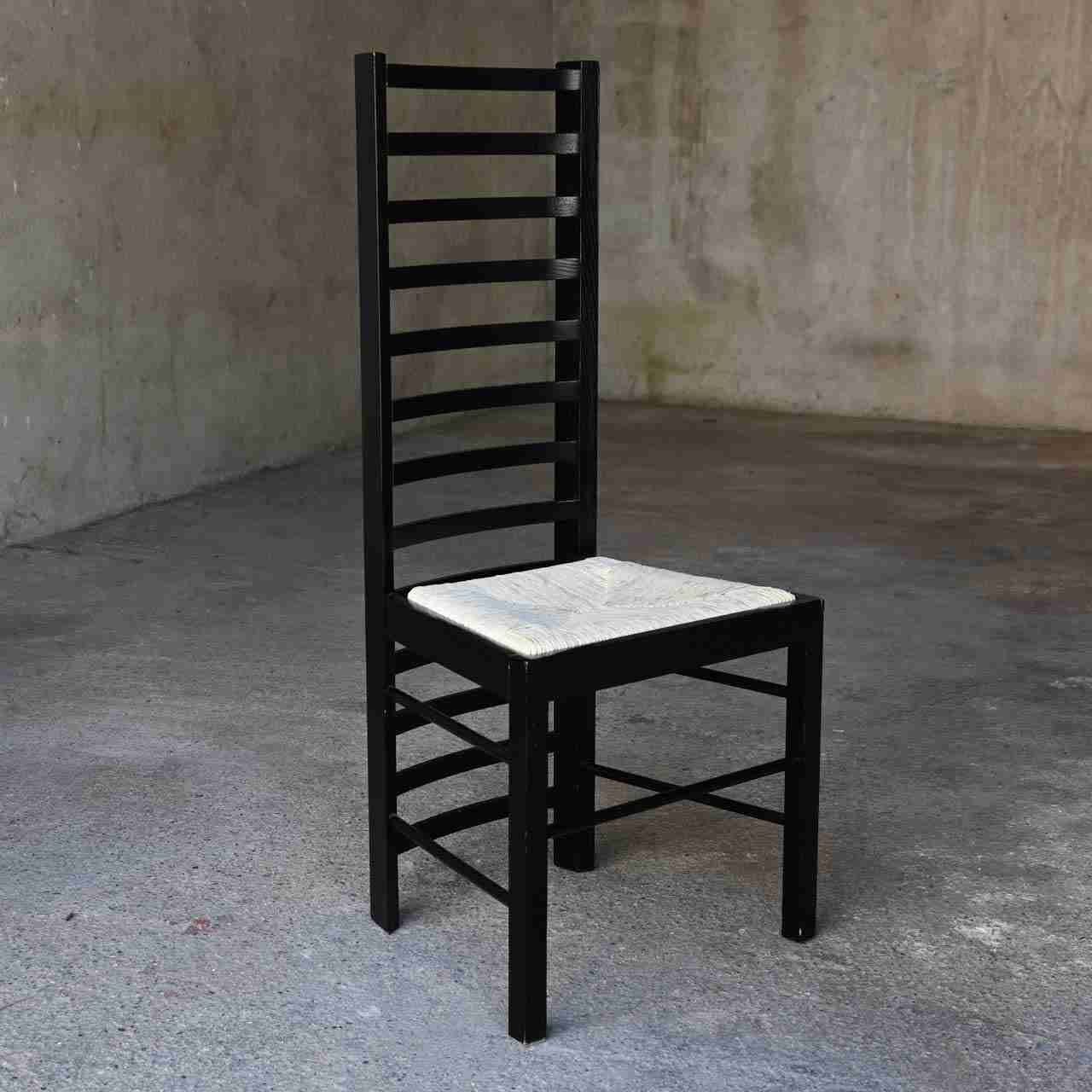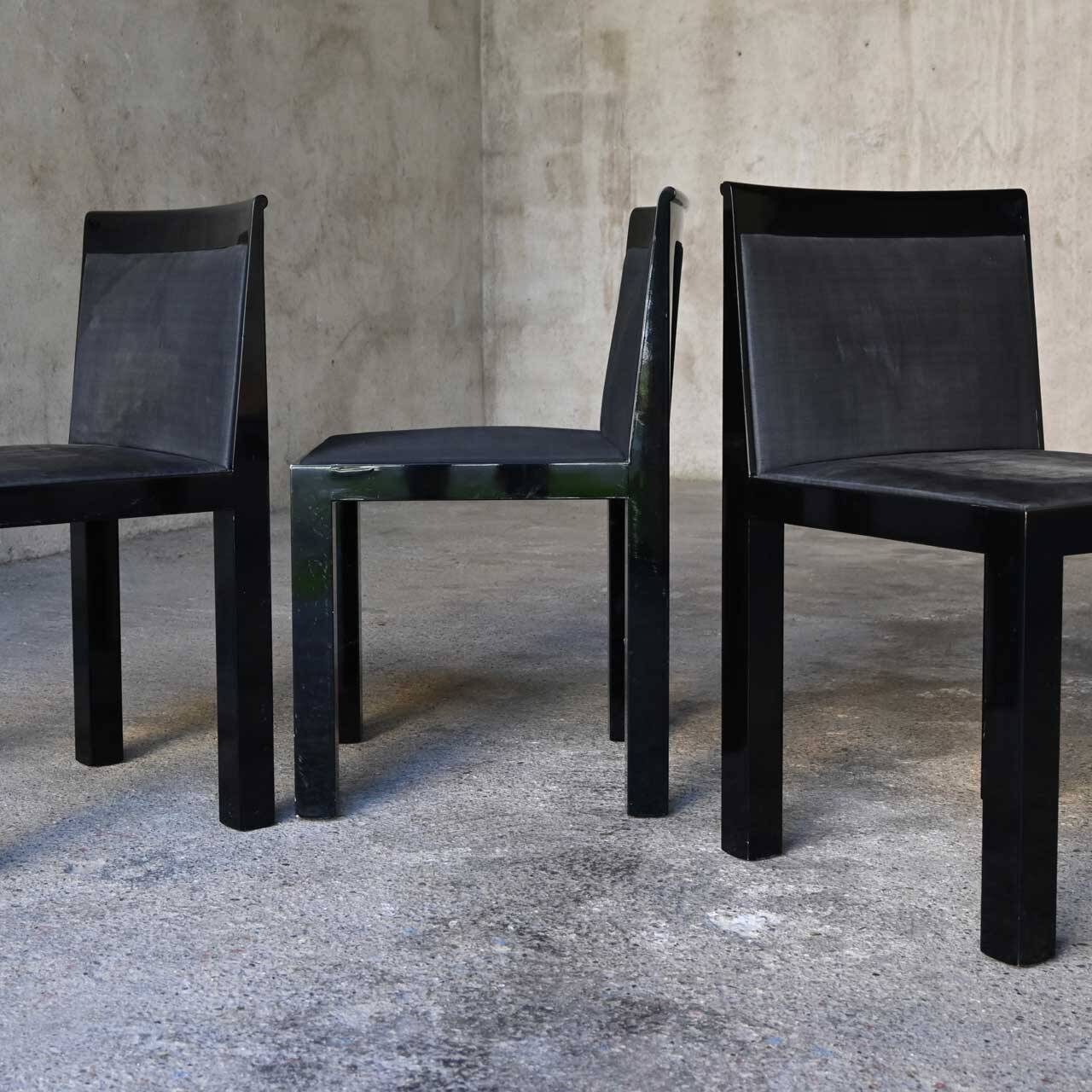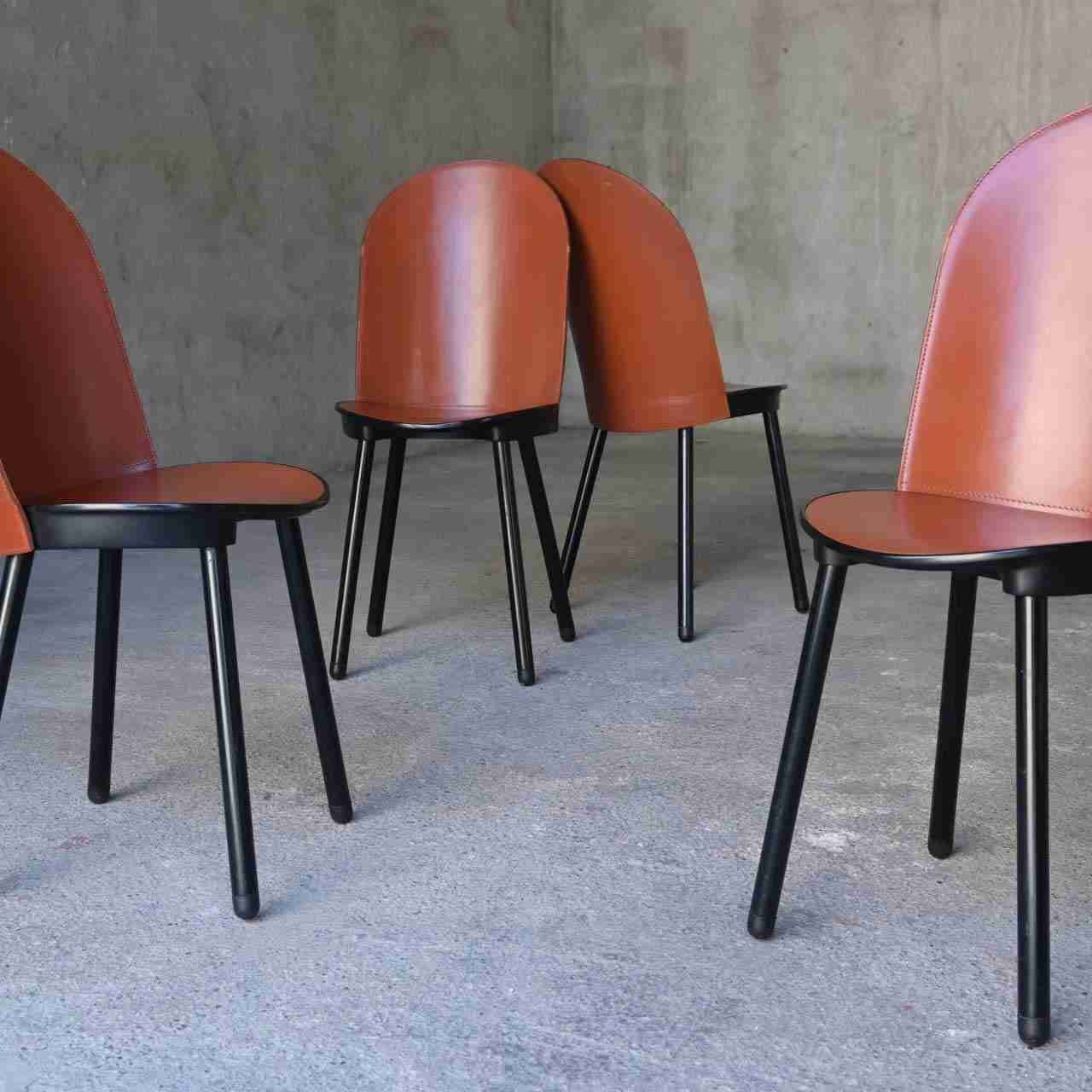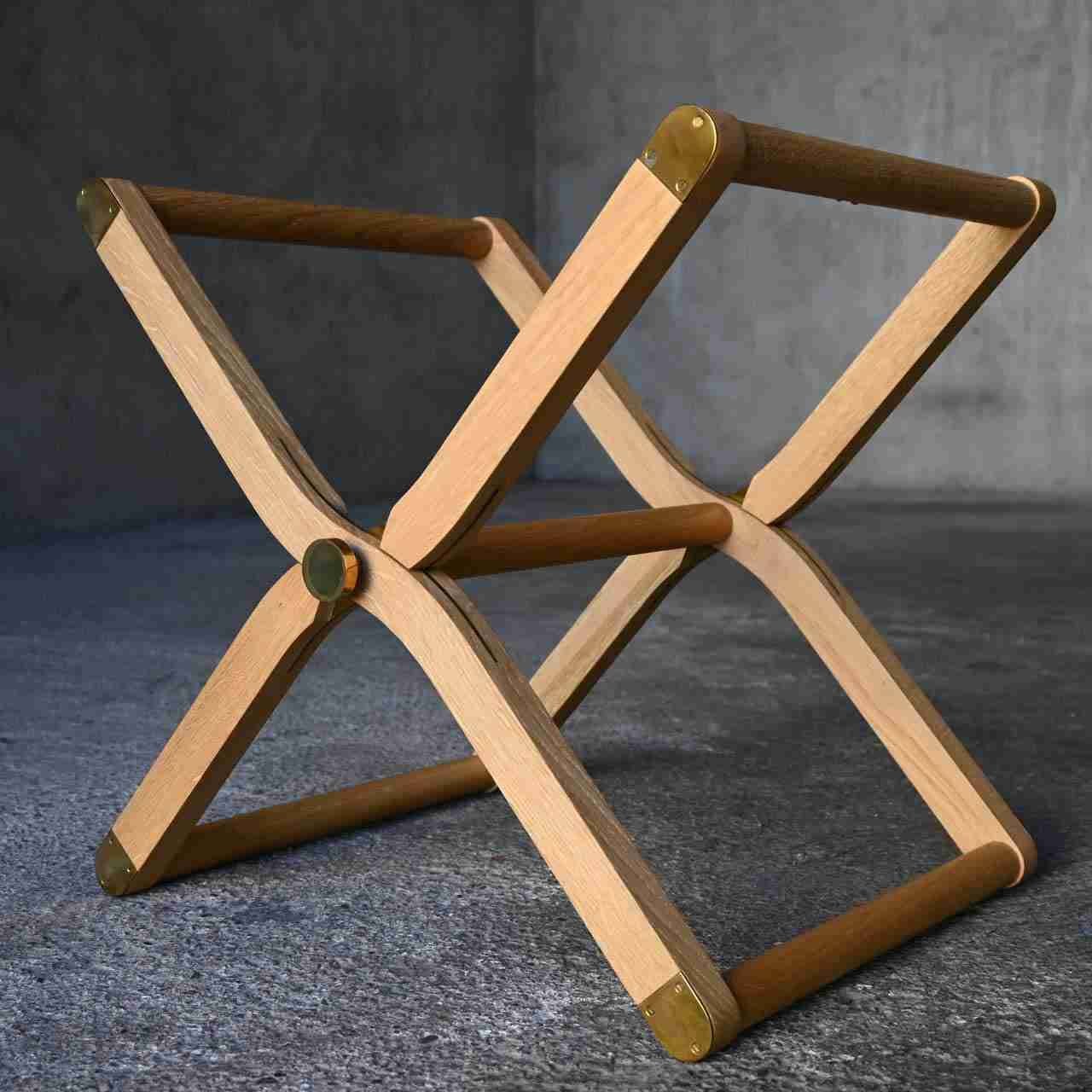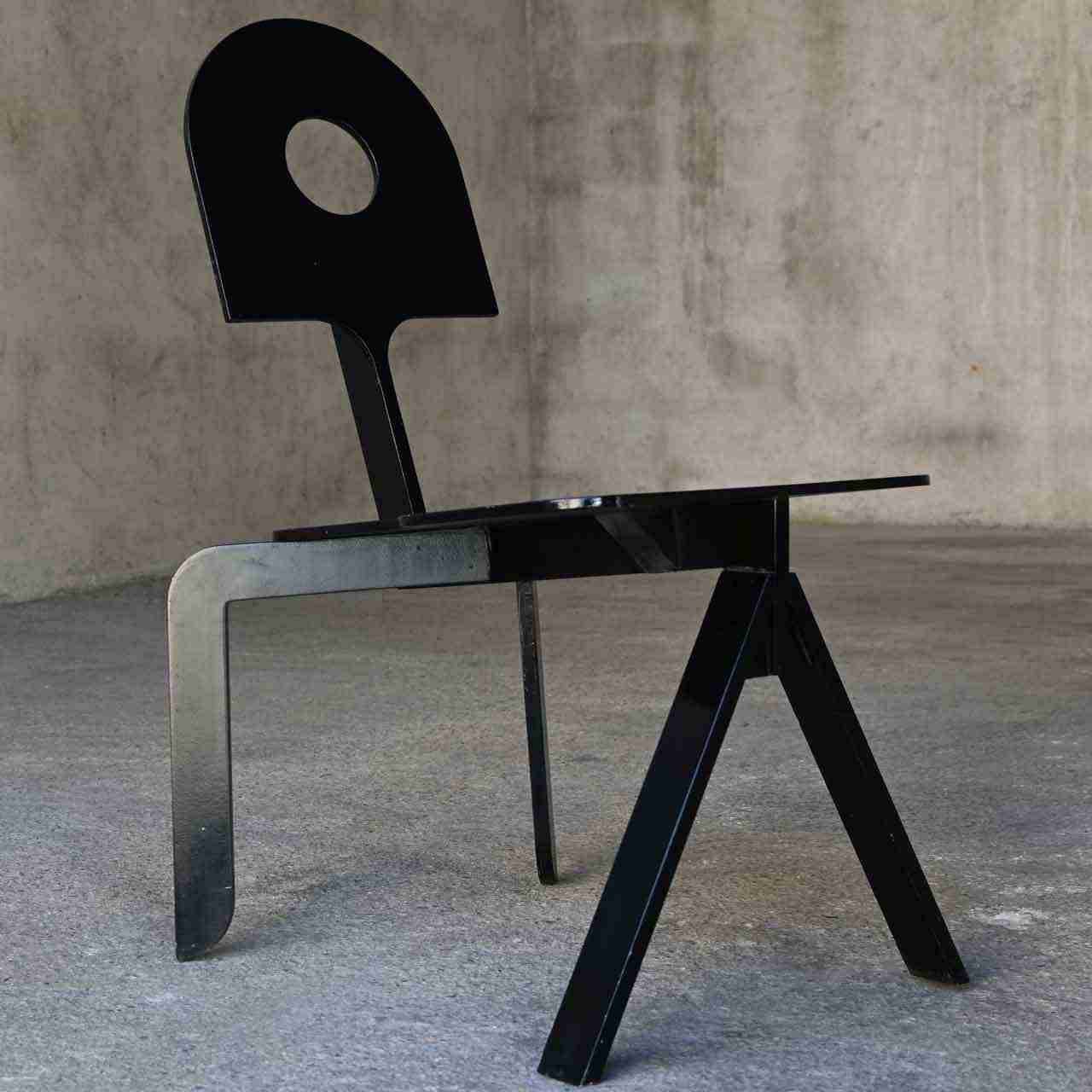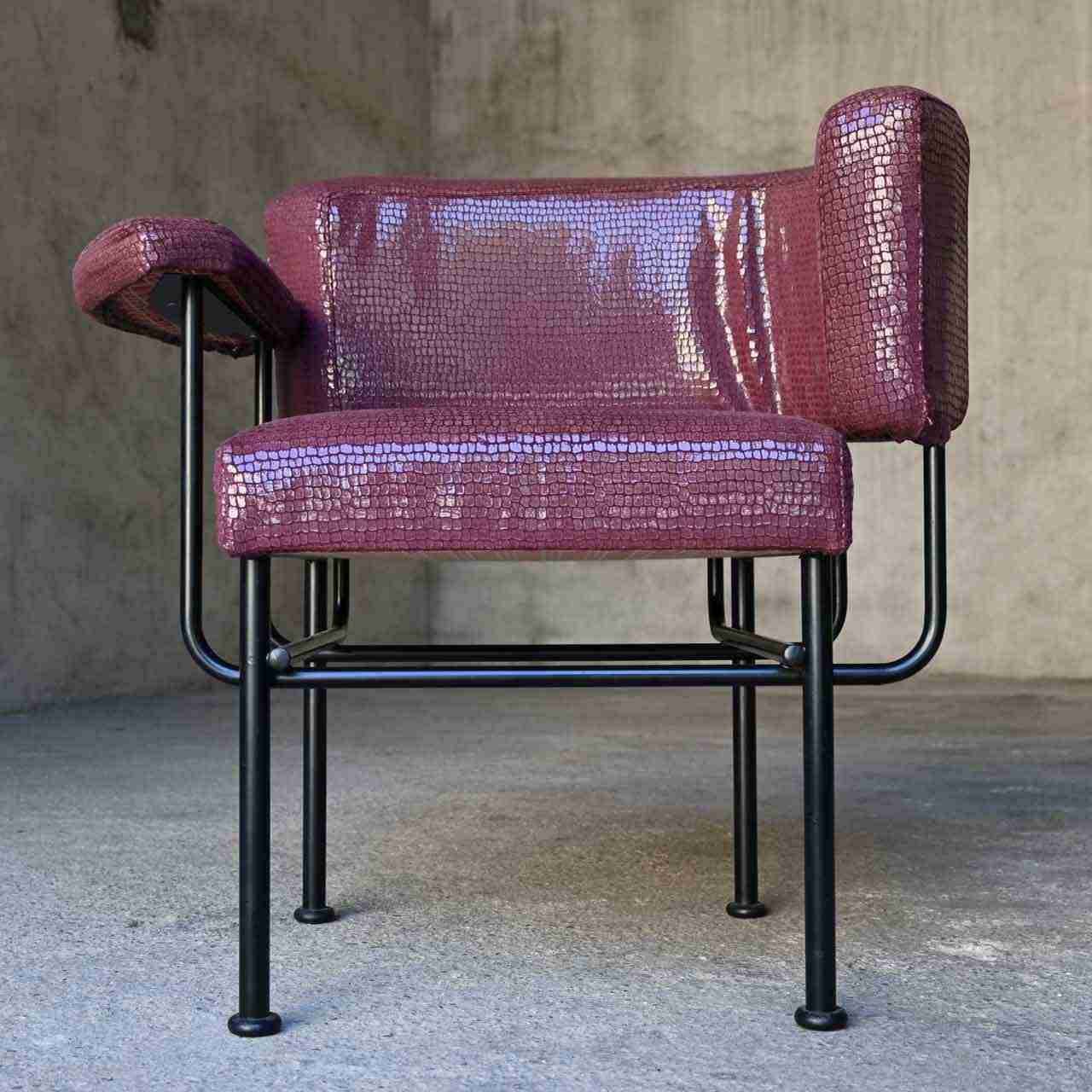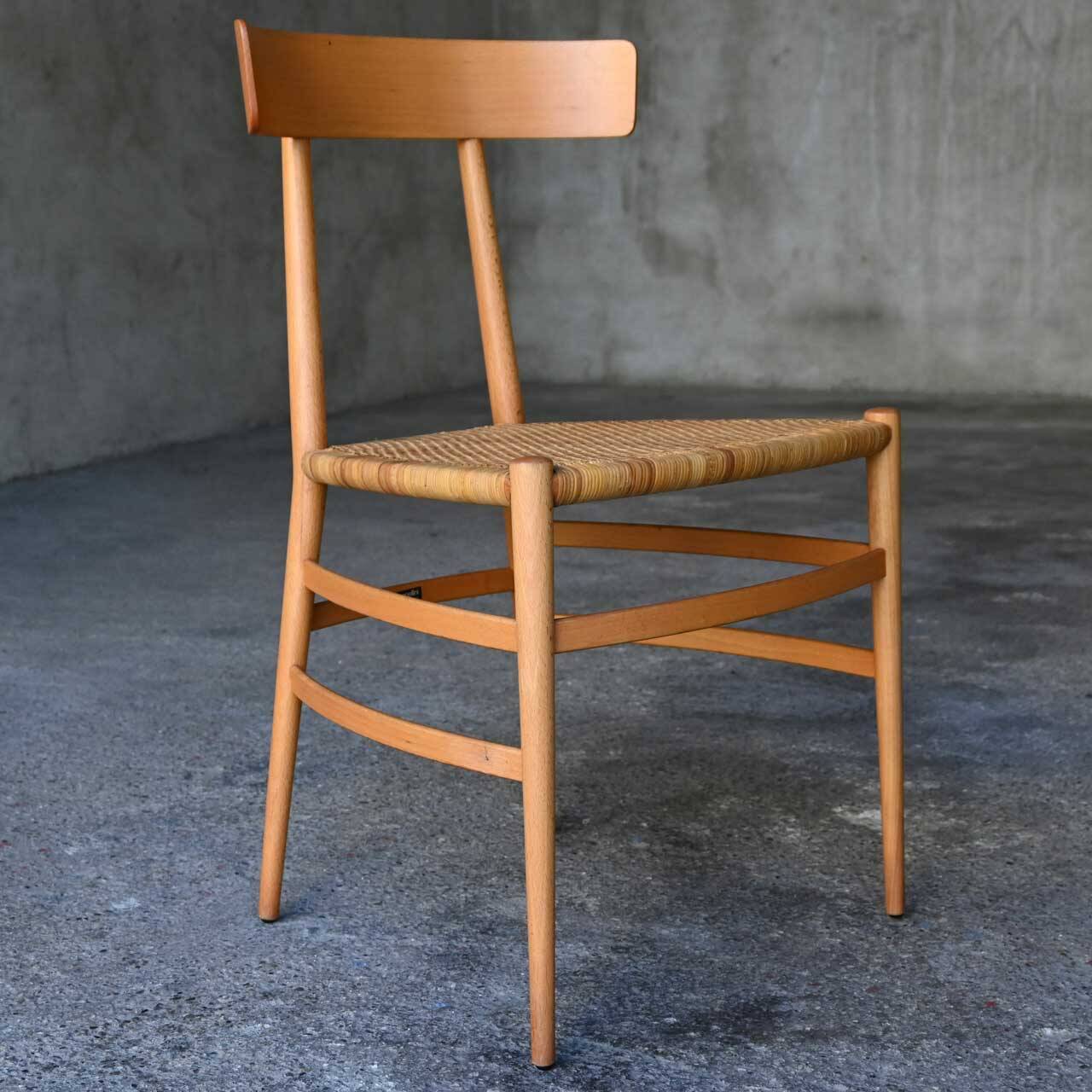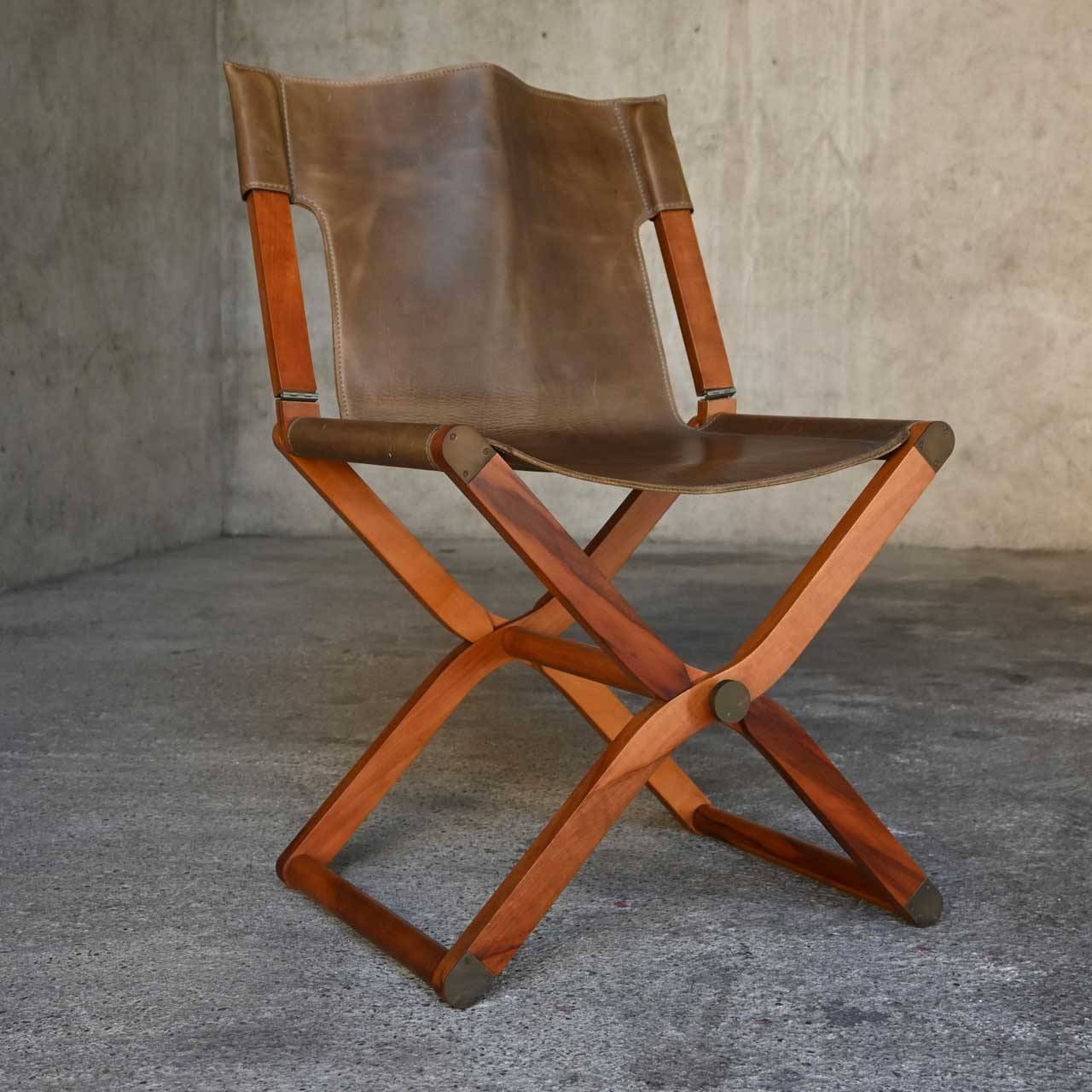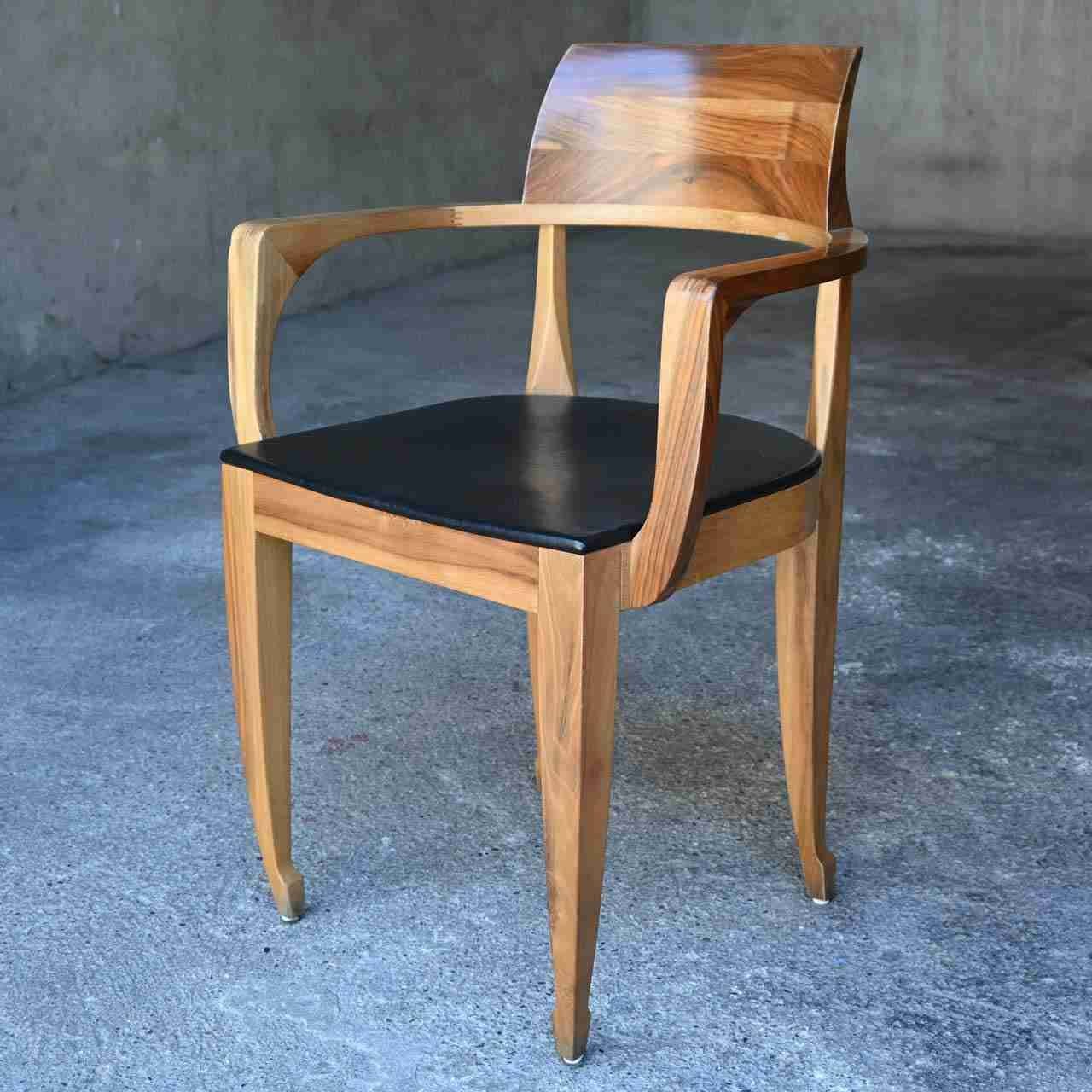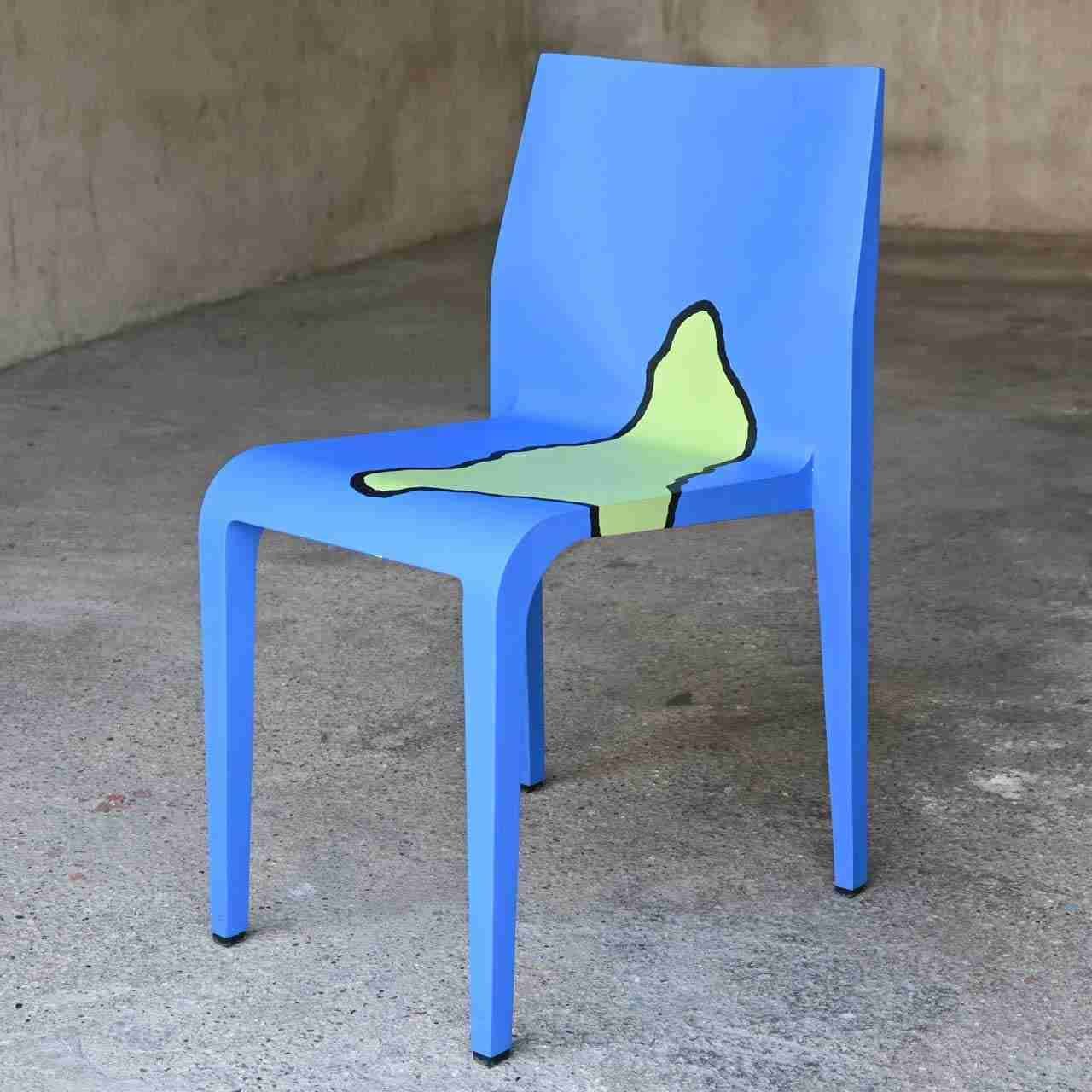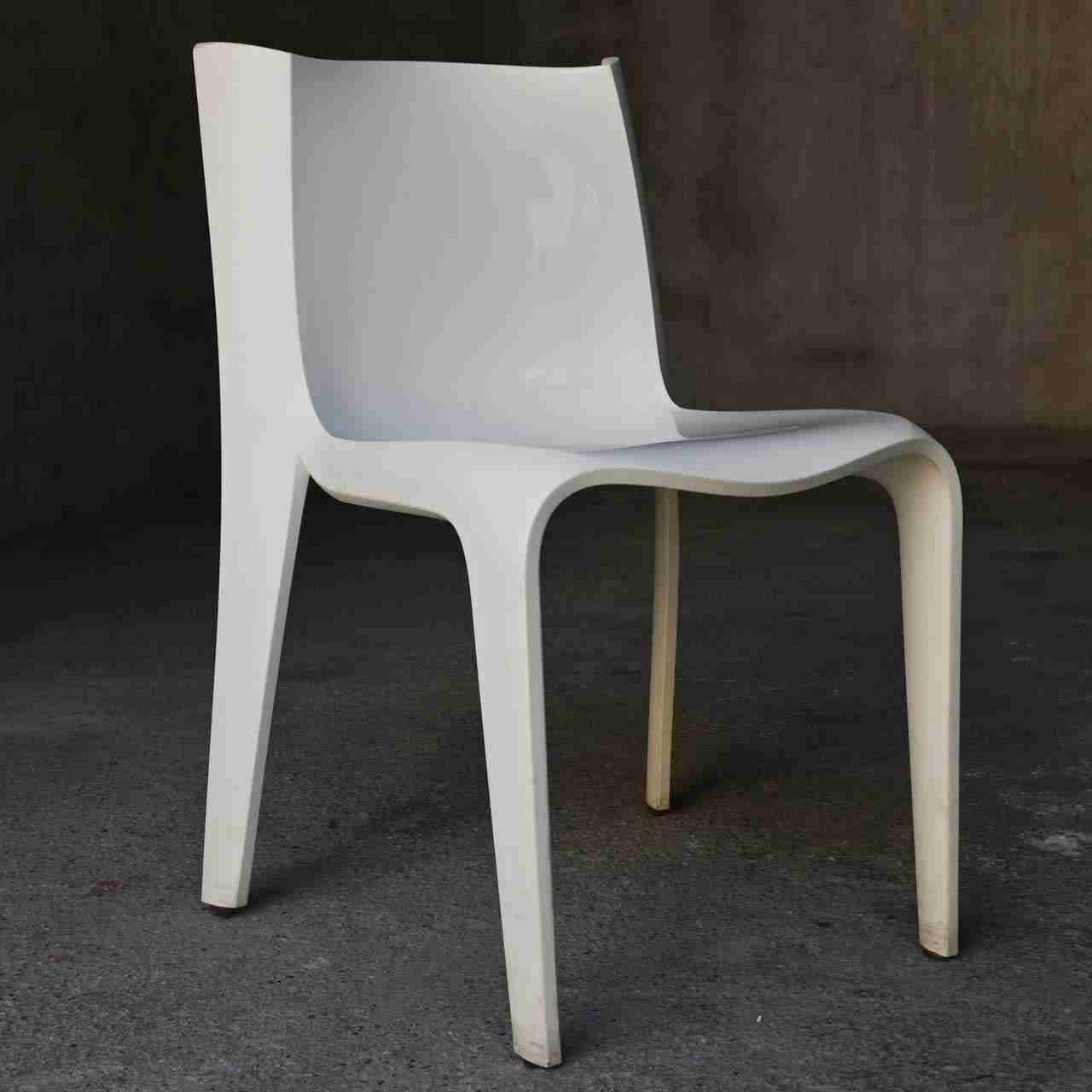
Anonima Castelli Giancarlo Piretti Plia | 1970
Plia Folding Chair produced by Anonima Castelli Bologna design Giancarlo Piretti year 1970. Steel structure, seat and back in transparent polypropylene yellowed by time.
Excellent vintage condition.
Museo Della Sedia Collection.
Categories: Museo Della Sedia Collection, 1970s, Chairs, Folding Chairs, Giancarlo Piretti
| Weight | 45 cm (seat height) |
|---|---|
| Dimensions | 75 × 47 × 50 cm (height length depth ) |
The symbol of a new era focused on plastic: this is how the Plia chair was received in 1967 when it was presented at the Milan Furniture Fair. On the occasion of the Fair, the session gained so much public acclaim that many visitors left the stand taking samples away without even asking for permission. As a result of this unorthodox compliment, the chairs were tied with a chain for safety.
With the Plia seat, the designer Giancarlo Piretti has revolutionized the concept of folding chair and his study of him on the “3-disc pin” is considered a stroke of genius. The combination of steel and polypropylene frame paved the way for the Plia chair which became a cult object. Plia represents the realization of “democratic design” and is exhibited in the design sector of the MoMA in New York. Thanks to this chair, of which millions of copies have been sold so far, Piretti, nicknamed the “Thonet of the 20th century”, has entered the history of design.
Italian Design
Italian design symbolizes aesthetic creativity and reached its peak in the 60s and 70s: an incredible number of ideas and products began their triumphal march around the world. And even today, when we talk about design and the desire to experiment, we immediately refer to Italy. Industrialists ready to take risks, rebellious and avant-garde architects as well as new materials and product technologies became hotbeds for a single innovative impulse. A new cultural and economic course was beginning. Suddenly Italy had become the Mecca of design, thus freeing it from its mere functionalism and paving the way for fun, provocation and colors. Often, Italian design is mistakenly associated only with passion, with a lifestyle and therefore the great efficiency and the considerable demand for “made in Italy” products are often ignored.
Photographs from a private collection (Museo Della Sedia) of vintage Italian design chairs. © All rights reserved.
Send us information, suggestions or corrections from our contact page.
Anonima Castelli Giancarlo Piretti Plia | 1970
Plia Folding Chair produced by Anonima Castelli Bologna design Giancarlo Piretti year 1970. Steel structure, seat and back in transparent polypropylene yellowed by time.
Excellent vintage condition.
Museo Della Sedia Collection.
Categories: Museo Della Sedia Collection, 1970s, Chairs, Folding Chairs, Giancarlo Piretti
| Weight | 45 cm (seat height) |
|---|---|
| Dimensions | 75 × 47 × 50 cm (height length depth ) |
The symbol of a new era focused on plastic: this is how the Plia chair was received in 1967 when it was presented at the Milan Furniture Fair. On the occasion of the Fair, the session gained so much public acclaim that many visitors left the stand taking samples away without even asking for permission. As a result of this unorthodox compliment, the chairs were tied with a chain for safety.
With the Plia seat, the designer Giancarlo Piretti has revolutionized the concept of folding chair and his study of him on the “3-disc pin” is considered a stroke of genius. The combination of steel and polypropylene frame paved the way for the Plia chair which became a cult object. Plia represents the realization of “democratic design” and is exhibited in the design sector of the MoMA in New York. Thanks to this chair, of which millions of copies have been sold so far, Piretti, nicknamed the “Thonet of the 20th century”, has entered the history of design.
Italian Design
Italian design symbolizes aesthetic creativity and reached its peak in the 60s and 70s: an incredible number of ideas and products began their triumphal march around the world. And even today, when we talk about design and the desire to experiment, we immediately refer to Italy. Industrialists ready to take risks, rebellious and avant-garde architects as well as new materials and product technologies became hotbeds for a single innovative impulse. A new cultural and economic course was beginning. Suddenly Italy had become the Mecca of design, thus freeing it from its mere functionalism and paving the way for fun, provocation and colors. Often, Italian design is mistakenly associated only with passion, with a lifestyle and therefore the great efficiency and the considerable demand for “made in Italy” products are often ignored.
Photographs from a private collection (Museo Della Sedia) of vintage Italian design chairs. © All rights reserved.
Send us information, suggestions or corrections from our contact page.



